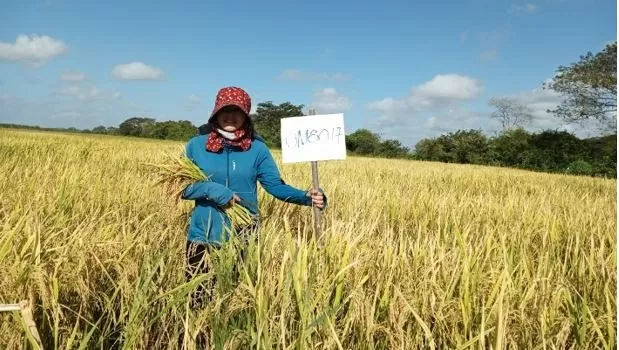 |
| Agricultural expert Tran Thi Tham is happy next to a Vietnamese rice field in Cuba. (Source: VNA) |
In the middle of the vast fields of ripe golden rice in Sancti Spíritus province, MSc. Tran Thi Tham was filled with emotion as she looked at the heavy rice grains, the result of many months of working with Cuban farmers to overcome countless difficulties.
“When I saw the golden rice fields, full of ripe rice, beautiful as a painting with a yield that was much higher than previous seasons, I knew I had done something truly meaningful,” Ms. Tham confided.
MSc. Tran Thi Tham is one of the experts participating in the Vietnam-Cuba Cooperation Project on Rice Production Development in the final year of phase 5. She was assigned many important tasks, including advising and guiding Cuban researchers and agricultural extension officers to organize research activities on selecting and creating plant varieties, producing and restoring varieties, organizing experiments to perfect rice cultivation processes, compiling documents and directly teaching, and building intensive rice farming models. She said that she had clearly identified what she needed to do to complete the task well with a spirit of determination.
Talking about her fate with Cuba, the female expert said: “I never thought I would set foot in Cuba, although this country has been deeply imprinted in my mind since childhood through sentences and poems. When I learned that my distant brother was facing many difficulties, especially severe food shortages, with 15 years of working at the North Central Institute of Agricultural Science and Technology, I wanted to contribute my efforts to help my friend change farming practices.”
In November 2024, a group of 15 Vietnamese experts arrived in Havana after a 30-hour flight. “Getting off the plane, the airport was dark due to a power outage, immigration procedures were carried out under flashlights, rechargeable lights were not very bright, I immediately realized that you were in a very difficult situation,” Ms. Tham recalled.
However, material difficulties could not overcome human affection. The 15-member expert group was welcomed by the Cuban Project Management Board with warm hugs and affectionate smiles. It was like they had known each other for a long time. While she was still full of confusion, those friendly actions were the luggage and motivation for her to have more strength to complete her task well.
When assigned to the Sancti Spiritus region in charge of 3 provinces in Central Cuba, ThS. Tham truly understood the difficulties of the agricultural sector in this Caribbean island nation. Large, flat fields were abandoned due to lack of gasoline, lack of materials, lack of electricity to pump water. Marabu forests encroached on the land, thorns pricked people's feet and made them bleed. The power outages lasted 15-20 hours a day. The rice fields were densely sown, with scattered flowers mixed with wild grass. The dry, ripe rice fields had not been harvested due to lack of gasoline to run the machines...
Besides the difficulties, Cuba has some advantages such as a pleasant, fresh climate, bright yellow sunshine but not too harsh. Winter in Cuba is not very cold. However, being an island nation, when the wind blows, Ms. Tham feels the salty taste of salt and the dry skin caused by the sea breeze.
“The land here is quite fertile, favorable for agricultural crops to grow and develop, but if it rains, shoes will stick to them and the wheels will be unable to move. We often joke that ‘the land loves people’,” said the female expert.
According to Nguyen Chi Vuong, the head of the Vietnamese expert team at the Sancti Spíritus site, backward farming practices are one of the reasons for the low efficiency of rice production in Cuba. According to him, local people often sow dry rice seeds directly into flooded fields, resulting in poor germination rates and having to use a very large amount of seeds - up to 171 kg/ha, causing significant waste.
In addition, rice-growing land in Cuba is mainly light loam, without a plow base layer, and is well-drained, so nutrients are easily washed away. The field system is planned into large plots, some up to hundreds of hectares, but irrigation water flows from one field to another, leading to erosion and loss of fertilizer. In addition, because the field banks are not fixed, farmers have to spend a lot of effort to rebuild them after each crop.
Faced with that reality, Vietnamese experts have persistently applied many innovative measures. Master Tham shared: “We provide technical training, instruct Cuban farmers to change their habits, soak seeds, promote germination, and sow germinated seeds in moist fields with a reduced seed quantity of 100-120 kg/ha”. Experts directly guide from the stage of removing the broken seeds to checking the germination rate and evaluating the quality of the seeds. Mr. Vuong added: “We instruct them to divide the fields into small plots, build fixed embankments according to low and high elevations to retain water. Regarding the soil preparation stage, the design adds a leveling bar to level the field surface before planting”.
However, the work did not always go smoothly. Ms. Tham recalled an unforgettable memory: “There was a time when the seeds had sprouted and were ready to be sown directly by plane, but due to lack of fuel, the plane could not fly. We had to mobilize workers and farmers to sow by hand, which took a lot of effort.” This is a profound lesson in flexibility in the real conditions in Cuba.
The results came after 5 months of hard work. She emotionally recounted: “The rice models cultivated using advanced Vietnamese techniques gradually took shape, grew and developed well. Smiles bloomed as each day I witnessed the lush green rice fields. And joy burst forth when harvesting with outstandingly high yields.”
Despite the language barrier, the bond between Vietnamese experts and their Cuban colleagues is growing stronger. Mr. Vuong confided: “Language barrier is not a barrier, we have interpreters, and we can use gestures, slang, and smiles to understand each other, which we jokingly call ‘body language’.”
ThS. Tham felt: “Cuban people are very friendly, sociable and close. Especially when they knew we were Vietnamese, that feeling was multiplied. We had just met but it was like we had known each other for a long time. During my days in Cuba, I deeply felt the sincere feelings of the people here. They gave us special trust and affection.”
Besides the impressive figures on rice productivity, the most meaningful thing that remains after the project is probably the tight handshakes between Cuban farmers and Vietnamese experts in the middle of the golden fields. As Mr. Pham Van Thuan, head of the Vietnamese rice expert delegation said: “We brought to Cuba not only seeds, but also our hearts. The greatest success is seeing them confidently apply new techniques, so that one day soon, Cuba will be self-sufficient in food.”
The journey of Vietnamese experts in Cuba not only brought back rice fields full of grain, but also contributed to continuing the story of friendship between the two nations, while affirming the position of Vietnamese agriculture in supporting friendly countries to develop food production.
Source: https://baoquocte.vn/chuyen-gia-viet-nam-mang-sang-cua-khong-chi-hat-giong-ma-ca-trai-tim-321173.html


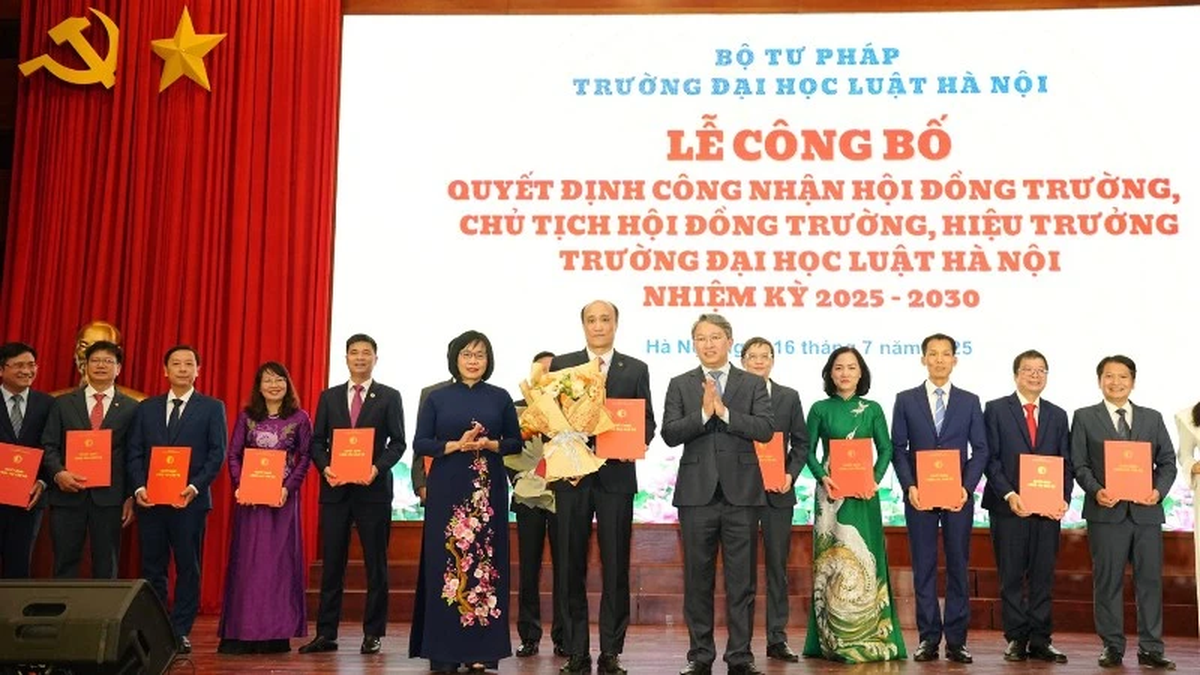

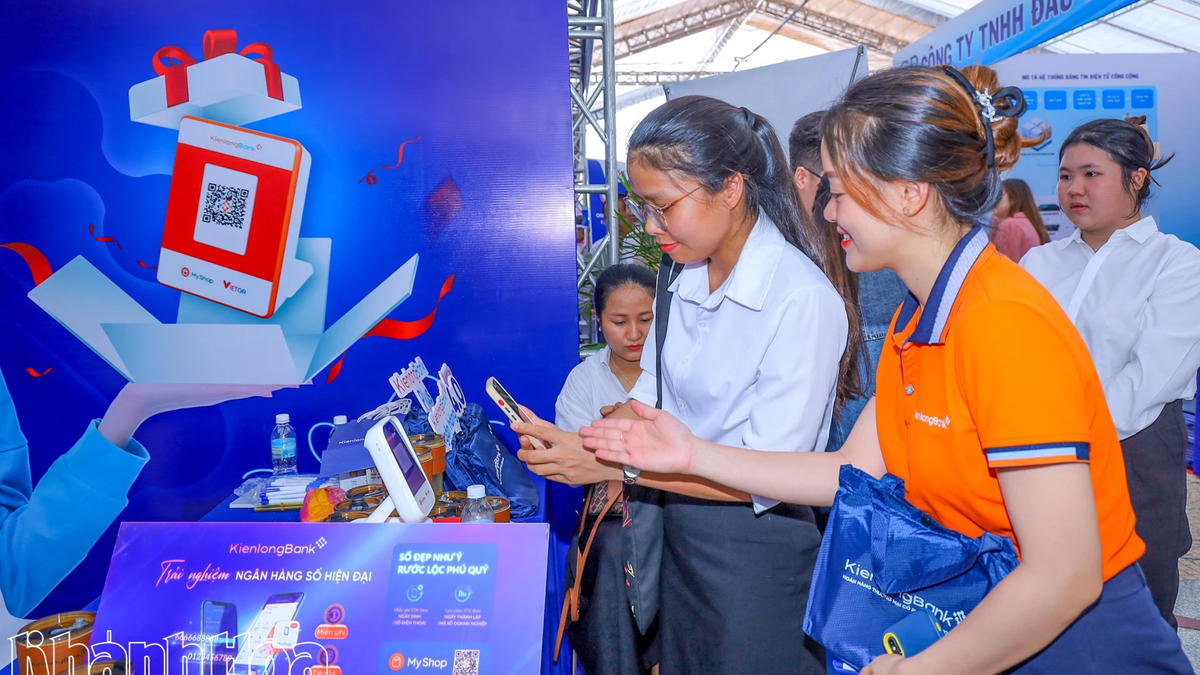
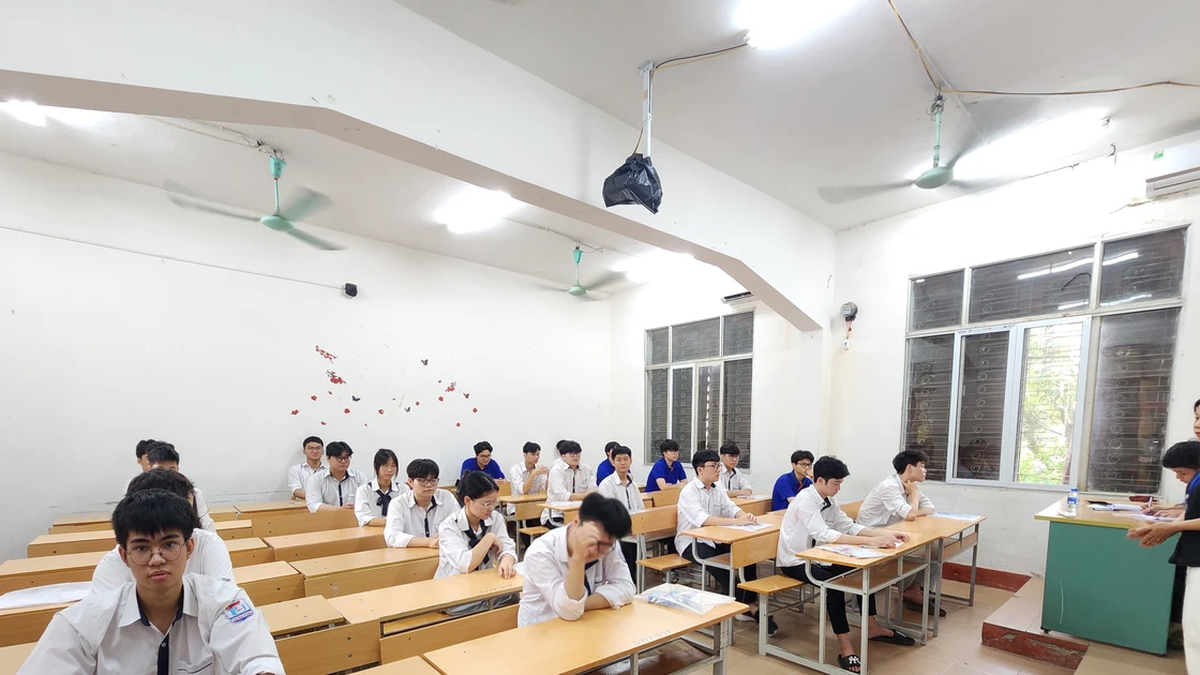
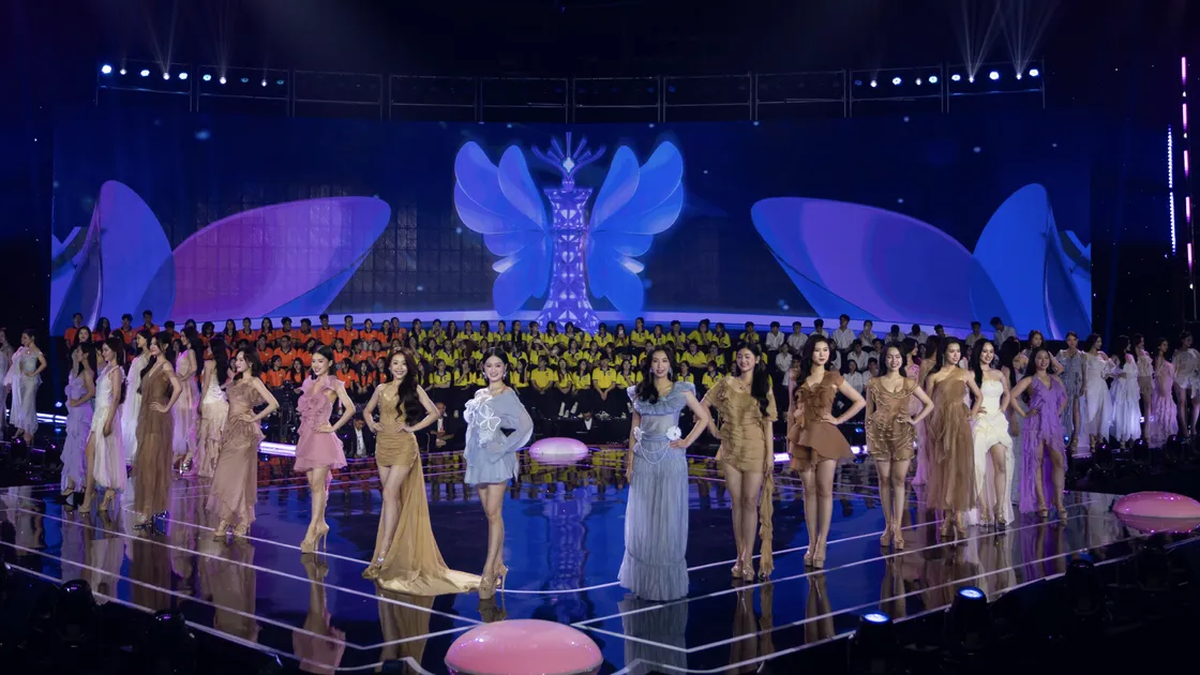
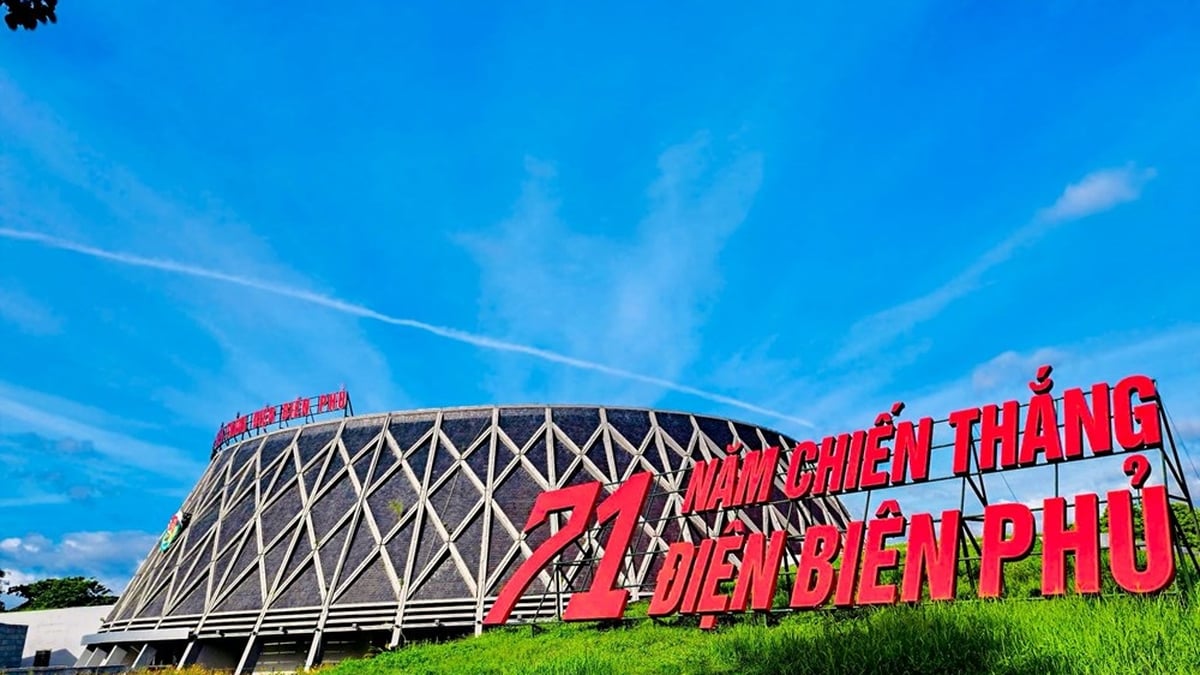
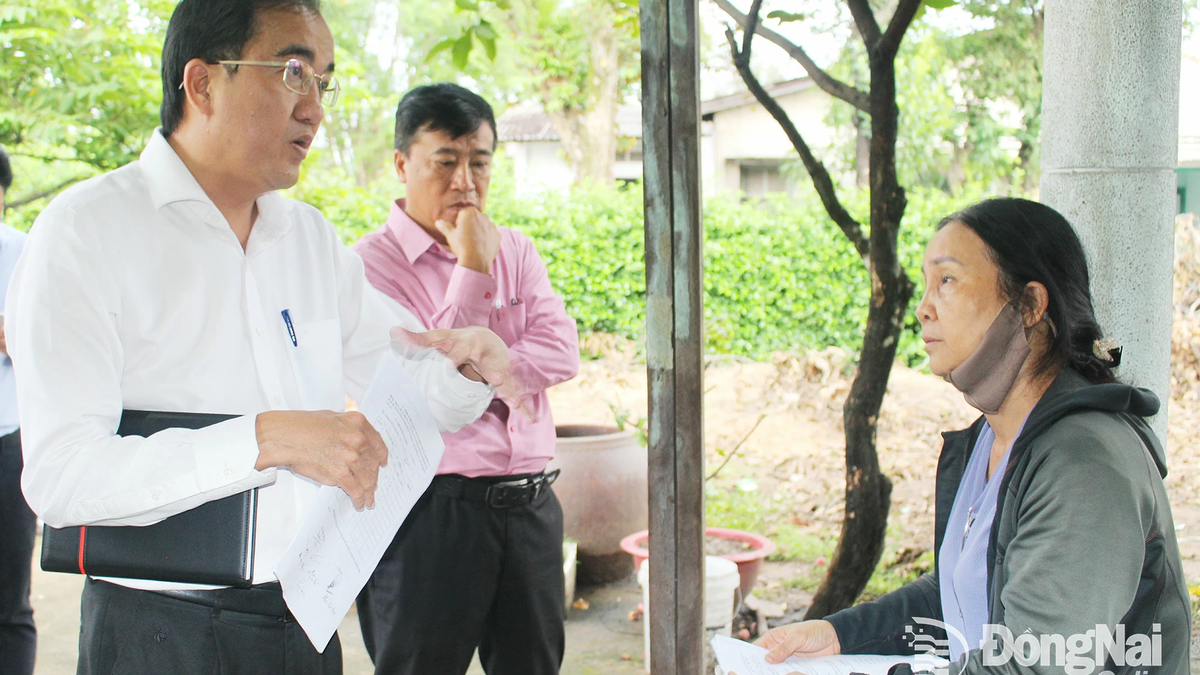
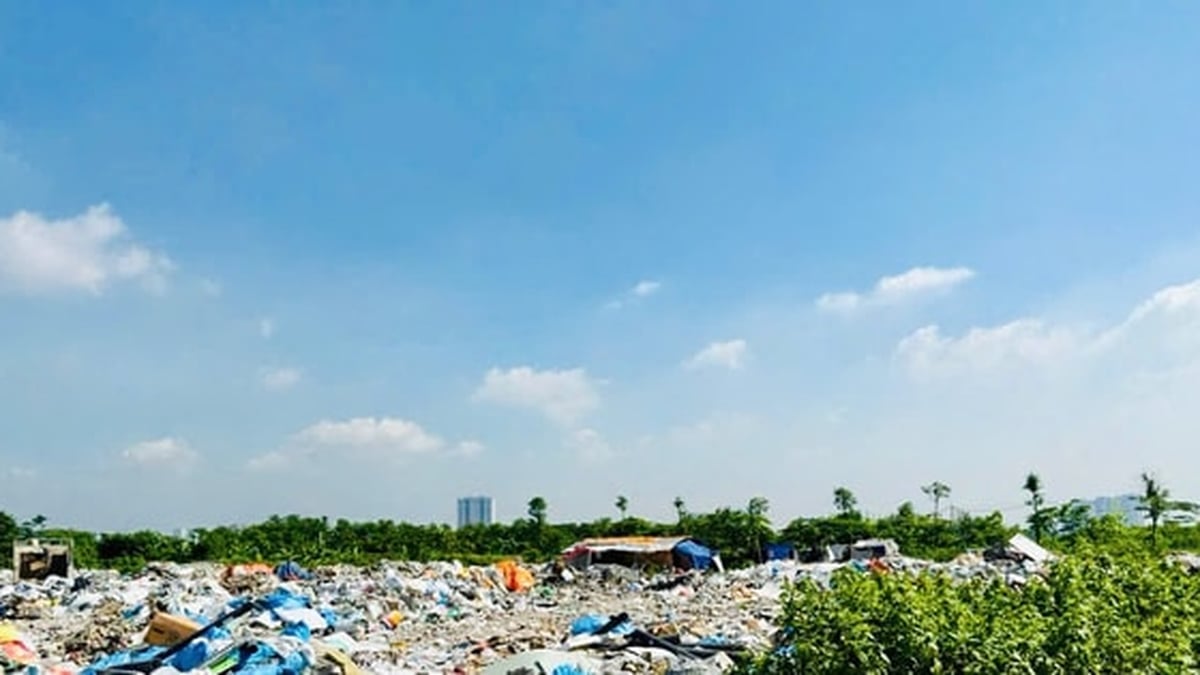
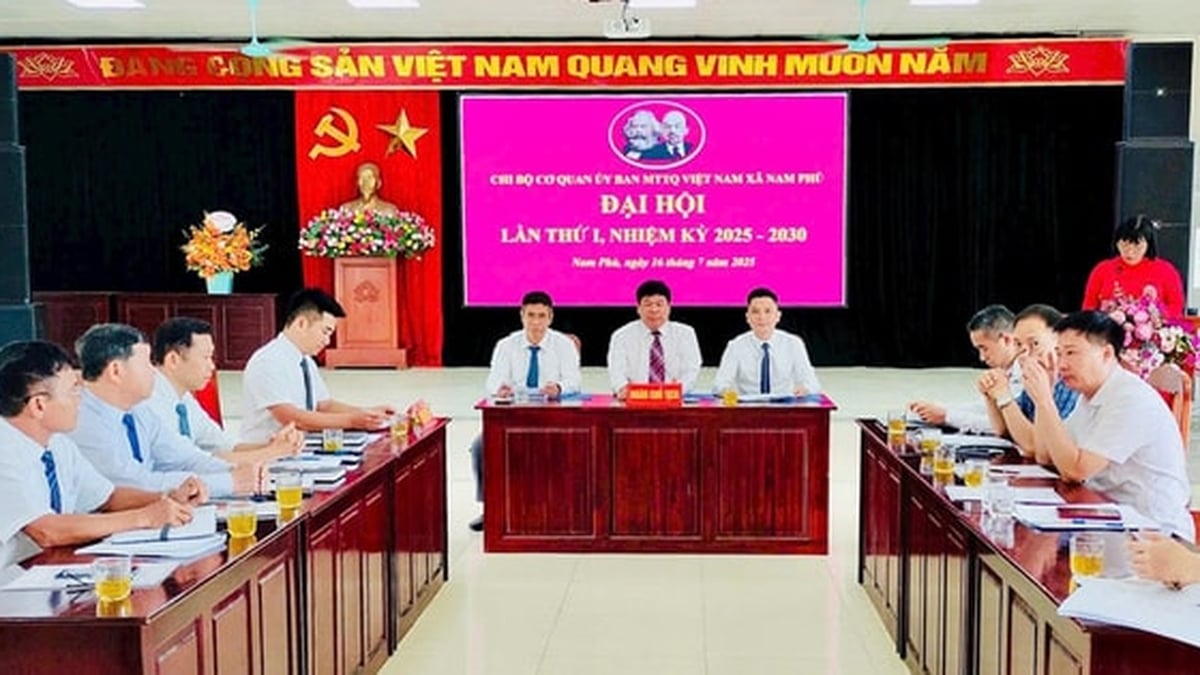









































![[Maritime News] More than 80% of global container shipping capacity is in the hands of MSC and major shipping alliances](https://vphoto.vietnam.vn/thumb/402x226/vietnam/resource/IMAGE/2025/7/16/6b4d586c984b4cbf8c5680352b9eaeb0)













































Comment (0)